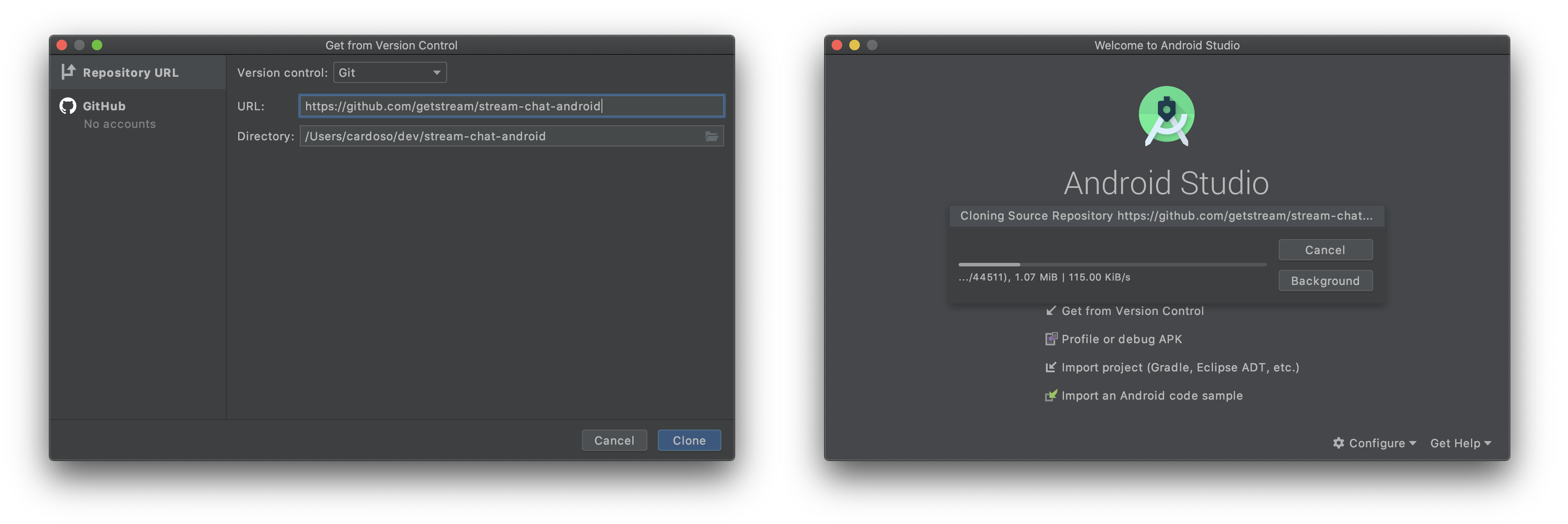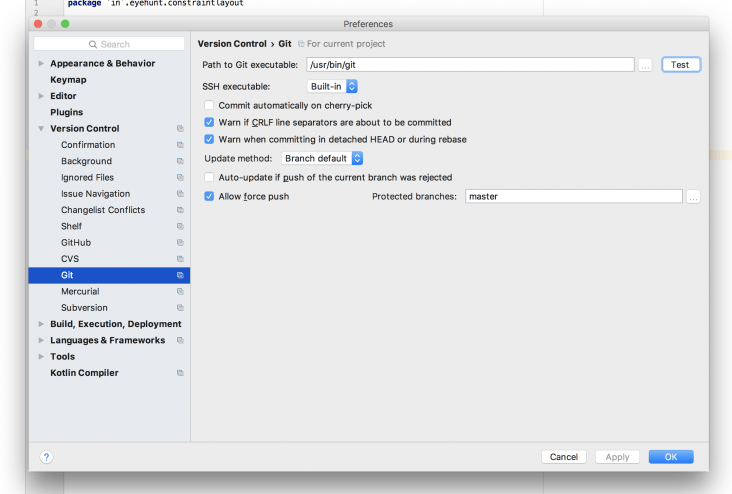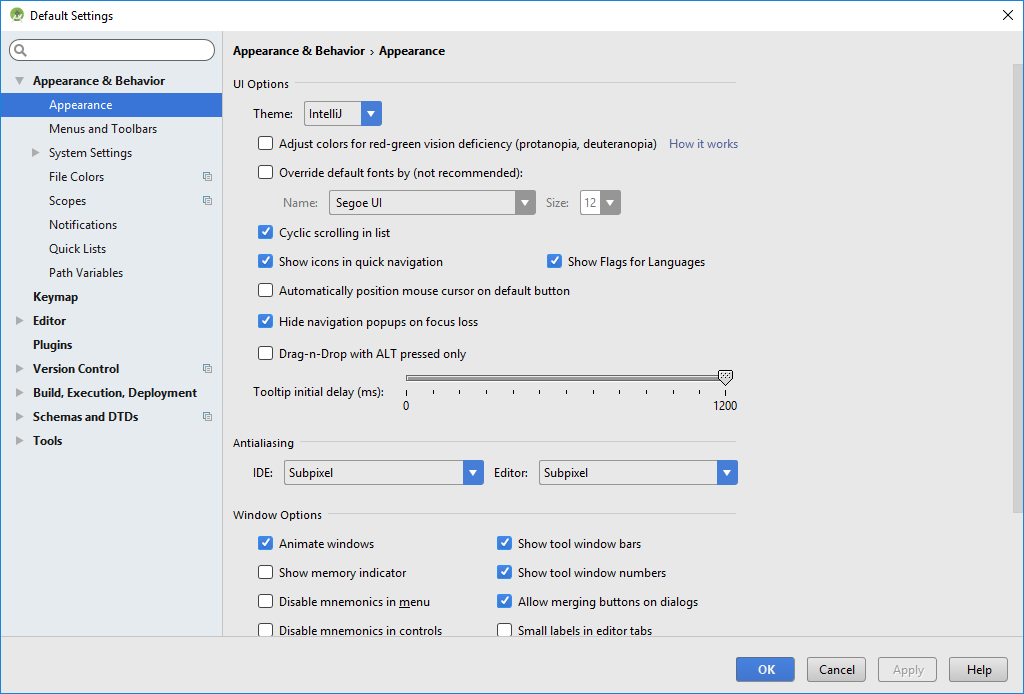

This means that you can run the following command: git push dev master So if you have different handlers for the same remote, the console output could look something like this: D:GitHubgit remote -v When you run git remote -v, you will get a list of handles and associated URLs. origin is the standard and generic handle that is used to associate the host site’s URL.įor example, you can have an alternative remote URL called dev, which then becomes the handle for a separate repository but for the same code.

Remote repositories are versions of your project hosted on Git-compatible platforms such as GitHub, Bitbucket, GitLab, and Assembla. It is the centralized server or zone where everyone pushes code to and pulls code from. Remote origin, as the name implies, is the place where code is stored remotely. Specifically, a URL that leads to the original profile where the repository source is.

gitsįatal: remote origin already exists is caused by the cloned repository already having a URL configured. For example, by using: git remote add origin. In the context of Kubernetes, the error can occur when you configure orchestrations to include Git repositories. What is the ‘fatal: remote origin already exists’ error?įatal: remote origin already exists is a common Git error that occurs when you clone a repository from GitHub, or an external remote repository, into your local machine and then try to update the pointing origin URL to your own repository.


 0 kommentar(er)
0 kommentar(er)
